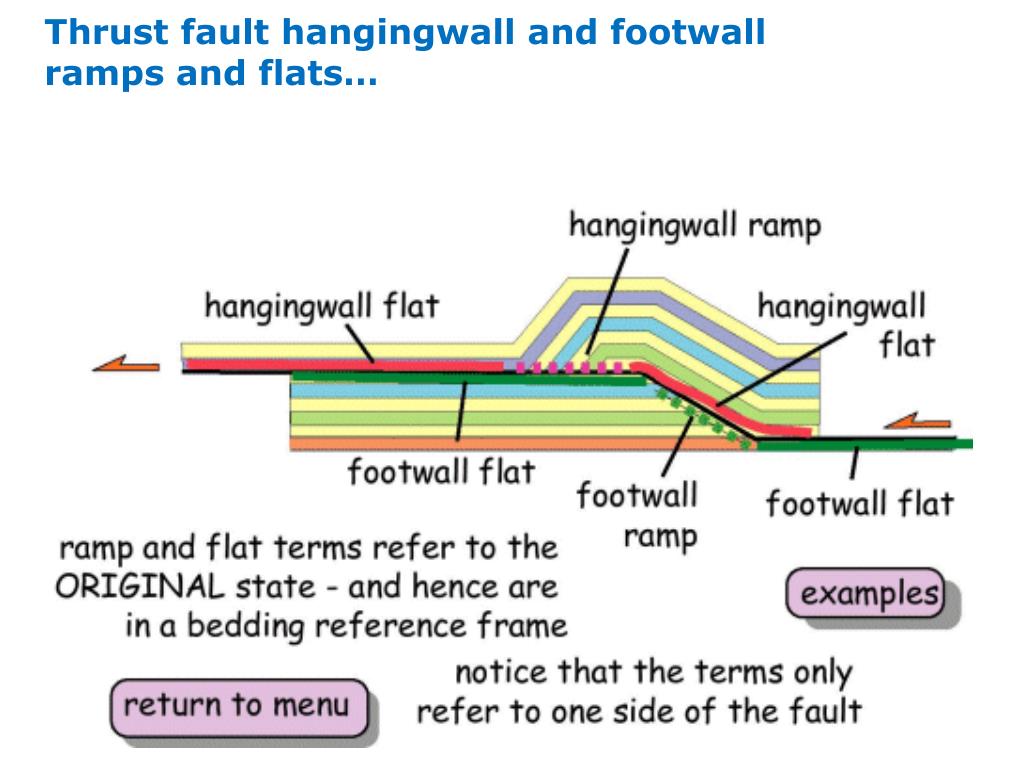

Here’s a picture that shows the difference between brittle, ductile and semi-ductile materials: Some materials like bone can be ductile or brittle in function of the strain rate ( Source) Note that you have also materials which a ductile up to a point and then become brittle. Those materials tend to fail suddenly and abruptly without showing any sign of plastic deformation.Ĭoncrete and glass are 2 examples of brittle materials. Those are much more « sneaky » if I dare say That’s why the stress-strain curve is like this: Some parts fracture slowly and deform plastically before seeing a sign of a crack… that’s because those parts are built in a ductile material.ĭuctile fracture with characteristic distortion and shear lip Not every part fractures in the same way: When a new cracks appear or existing cracks are extended, you are basically looking at a fracture mechanism. I guess that everyone saw some cracks in a bridge or in a wall… well, that’s a sign that the structure has a problem! Let’s see that now 1) Fracture: When cracks appear (That’s what most companies do though… and that’s when they start to realize they might need to use FEA to find out the cause.) You have to be able to see how a system can fail to improve it and protect it against potential failure modes.ĭon’t wait for it to break down to take action. If you are still wondering that, here’s the most straightforward answer in the world: Why do you need to know about failure modes? …Hoping that if you are concerned by one of these failure modes, you will do your own research to understand. That’s why I’ll only be mentioning the most obvious things… because my purpose is only to make you AWARE that those problems even exist That’s a LARGE topic with an awful amount of crazy knowledge to understand. Just a note before starting with failure modes: Let’s discuss together some of the major failure modes. In fact… even a 3 years old would understand this logic.ĭon’t wait to have a big security problem in your system to finally try to understand what’s going on… I acknowledge that this is obvious… systems can break under a heavy loading. « That’s pretty simple… you apply a load, the load is too heavy, so your system fails and breaks… » Beam failure (not intended to be realistic -) )


 0 kommentar(er)
0 kommentar(er)
